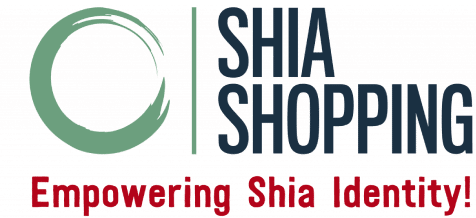Evaluating its Status in Islamic Practice
Understanding Bid’ah and Sunnah
In Islamic discourse, distinguishing between bid’ah (innovation) and Sunnah (tradition) is essential for evaluating religious practices. Bid’ah refers to innovations introduced into religious practices that deviate from the established Sunnah of the Prophet Muhammad. Sunnah, on the other hand, encompasses the teachings, actions, and approvals of the Prophet, serving as a guide for Muslim conduct.
Prostration on the turbah : A Historical Perspective
The practice of prostrating on the turbah , a small clay tablet, is primarily associated with Shia Islam. While it is not explicitly mentioned in the Quran or Hadith, its roots can be traced back to the time of the Prophet Muhammad. Historical accounts suggest that the Prophet occasionally prostrated on natural elements such as soil or stones during prayers.
Sunnah or Bid’ah: Theological Perspectives
From a Shia perspective, prostrating on the turbah is considered a form of emulating the Prophet’s actions and maintaining a connection to his teachings. It symbolizes humility and reverence before God, qualities emphasized in the Sunnah. Shia scholars argue that since the Prophet himself prostrated on earth, using the turbah is in line with his example and therefore falls within the realm of Sunnah.
-
Product on sale
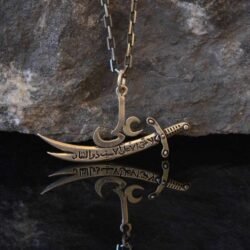 Imam Ali Zulfiqar NecklaceOriginal price was: £50.£30Current price is: £30.
Imam Ali Zulfiqar NecklaceOriginal price was: £50.£30Current price is: £30. -
Product on sale
 Ayatul Kursi NecklaceOriginal price was: £50.£15Current price is: £15.
Ayatul Kursi NecklaceOriginal price was: £50.£15Current price is: £15. -
Product on sale
 Holy Quran Gift with QR CodesOriginal price was: £100.£50Current price is: £50.
Holy Quran Gift with QR CodesOriginal price was: £100.£50Current price is: £50. -
 Ayat ul Kursi Bangle Bracelet£40
Ayat ul Kursi Bangle Bracelet£40 -
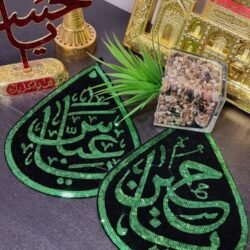 2 X Pack: Ya Hussain & Ya Abbas Wall Hanging Home Decor£13
2 X Pack: Ya Hussain & Ya Abbas Wall Hanging Home Decor£13 -
Product on sale
 18 K Gold Plated Allah Pendant with Zircon gemstonesOriginal price was: £20.£15Current price is: £15.
18 K Gold Plated Allah Pendant with Zircon gemstonesOriginal price was: £20.£15Current price is: £15.
Conversely, some Sunni scholars view the use of the turbah as an innovation, as it is not explicitly prescribed in the Hadith literature. They argue that adhering strictly to the established practices of the Prophet, as documented in authentic Hadith collections, is paramount. Therefore, any deviation from these practices, even if done with good intentions, may be regarded as bid’ah.
Legal Rulings and Scholarly Opinions
The debate surrounding the status of prostration on the turbah has generated diverse opinions among Islamic jurists and scholars. Within Shia jurisprudence, the use of the turbah is generally considered permissible. If not recommended, based on the principle of emulation of the Prophet’s actions.
In contrast, Sunni scholars vary in their perspectives. Some Sunni jurists regard the use of the turbah as permissible, viewing it as a matter of personal preference . Others, however, deem it problematic, citing concerns about innovation in religious rituals.
-
Product on sale
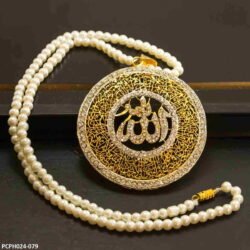 Gold Allah Necklace with PearlsOriginal price was: £100.£70Current price is: £70.
Gold Allah Necklace with PearlsOriginal price was: £100.£70Current price is: £70. -
Product on sale
 Fatima NecklaceOriginal price was: £20.£15Current price is: £15.
Fatima NecklaceOriginal price was: £20.£15Current price is: £15. -
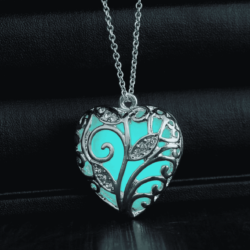 Fluorescent Glow in the Dark Necklace£8
Fluorescent Glow in the Dark Necklace£8 -
Product on sale
 Exquisite Rhinestone NecklaceOriginal price was: £30.£15Current price is: £15.
Exquisite Rhinestone NecklaceOriginal price was: £30.£15Current price is: £15. -
 Allah Muhammad Necklace (Golden)£10
Allah Muhammad Necklace (Golden)£10 -
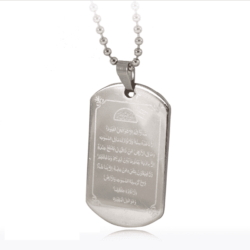 Ayatul Kursi Necklace (Taveez/Amulet)£10
Ayatul Kursi Necklace (Taveez/Amulet)£10 -
Product on sale
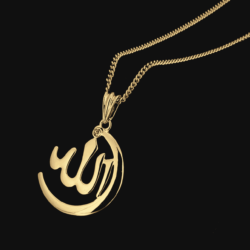 Allah Necklace with Diamantes (Golden)Original price was: £20.£15Current price is: £15.
Allah Necklace with Diamantes (Golden)Original price was: £20.£15Current price is: £15. -
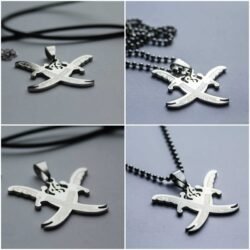 Double Zulfiqar Necklace£8 £10Price range: £8 through £10
Double Zulfiqar Necklace£8 £10Price range: £8 through £10
Contextual Considerations and Cultural Significance
It’s essential to consider the cultural and historical context surrounding religious practices. For Shia Muslims, prostrating on the turbah is deeply ingrained in their religious identity.Serves as a tangible symbol of devotion and connection to their faith. The turbah holds significant spiritual and symbolic value, especially in commemorating events like the tragedy of Karbala.
Conclusion: Reconciling Tradition and Innovation
In conclusion, the status of prostration on the turbah remains a subject of theological debate within Islamic scholarship. While Shia Muslims consider it a legitimate practice aligned with the Prophet’s example. Some Sunni scholars view it with caution due to concerns about innovation. Ultimately, the acceptance or rejection of this practice depends on individual interpretations of Islamic teachings and adherence to established religious norms. However, regardless of theological differences, it’s crucial to approach such discussions with respect for diverse religious perspectives and a commitment to mutual understanding within the broader Muslim community.
